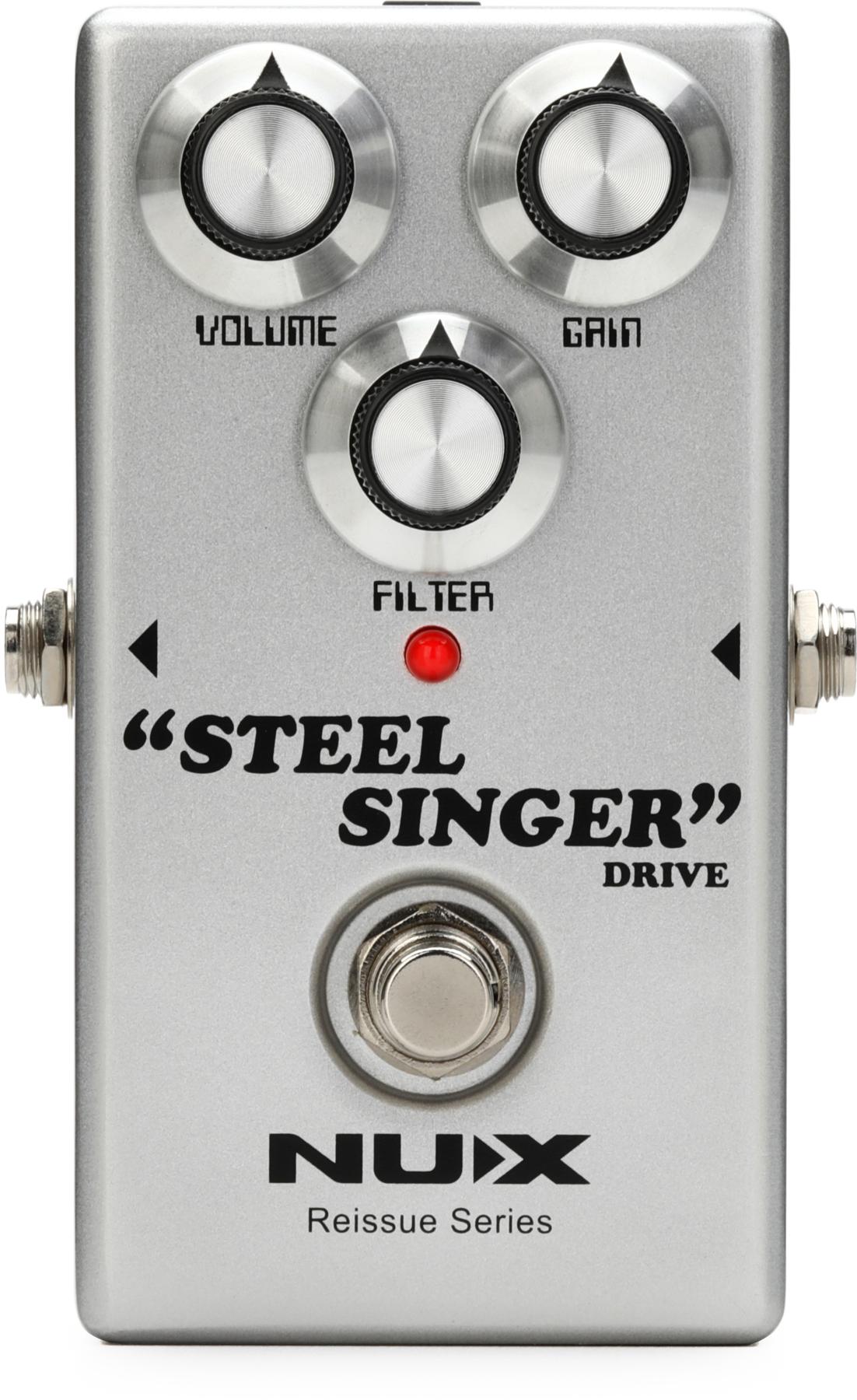Chops: Advanced
Theory: Intermediate
Lesson Overview:
• Understand the basics of the diminished scale.
• Develop a more fluid legato technique.
• Learn how to play over altered and dominant 7#9 chords.
Click here to download a printable PDF of this lesson's notation and accompanying MP3s.
This month, I’ve decided to throw some demented diminished licks your way. I really like these types of licks because they tend to twist your ear around a bit. But first, let’s look at what a diminished scale is and see how it lies on the fretboard.
There are basically two different flavors of diminished: half-whole and whole-half. The name of each scale dictates the “formula,” so to create a half-whole scale you start on the root note and alternate half- and whole-steps. As you might have guessed, the whole-half scale consists of alternating whole- and half-steps.
Since the entire diminished concept is based on the minor third interval (each note in a fully diminished chord is a minor third apart), any diminished idea you have can be moved up and down the fretboard by a minor third and still fit the chord.
In Fig. 1, we can see how a C half-whole diminished scale (C–Db–Eb–E–F#–G–A–Bb–C) lays out on the fretboard. Notice how the scale moves diagonally across the neck with each group of two strings. Since the interval between the 3rd and 2nd strings is a major third, we need to shift up an extra fret when we move to the 2nd string.
If you find it easier to view scales in the CAGED shapes, check out Fig. 2. Even though some of the fingerings might be a little awkward, I always stress to do what feels natural because everyone finds different ways that are more comfortable.
The first lick in Fig. 3 is over an altered A7 chord and is based out of the A half-whole diminished scale (A–Bb–C–Db–Eb–E–F#–G–A). The trick to playing this smoothly is all in the fingering. It starts with some basic box shape pentatonic notes and when you hit the 3rd string, you’re in the land of diminished.
In order to keep the notes fluid, I use my 1st and 3rd finger on the 3rd string and I use my 2nd finger on the 7th fret for the A. When I get to the 2nd string I use my 1st and 2nd finger. I find this lick gets the most girls.
In Fig. 4, we add some neighboring tones to the half-whole scale. Usually those are a half-step above a chord tone. You can use this as a great string-skipping picking exercise, but I tend to play it more legato because I find it easier. (Let’s face it, we are guitar players who don’t want to work that hard.) I actually used a very similar lick on “Manic” from my Boldly Going Nowhere record.
I use the same idea in Fig. 5, but this time I add a note a half-step below rather than above. This gives you the major third and minor third—great for dominant 7#9 chords. This is an example I highly recommend you move up the neck in minor thirds. You can get a ton of mileage out of this one because it’s a little more visual then some of the others.
Finally, we have Fig. 6, which is one of my personal favorites. This phrase works great over an altered E7 chord. The nine-note shape that begins the phrase requires a bit of stretching. Again, it’s mostly legato, but when I get to the B on beat two I sweep up across the lower three strings. After that, the pattern just repeats its self. The twist with this line is when I reach the 1st string I move the entire scale up a half step to create more tension.
Take it easy when working these diminished licks up to speed. Remember, since any note of a diminished chord can function as a root, all of these licks can be used over multiple chords. Have fun and I hope you enjoy all these licks that only a mother could love.
 Since graduating from Musician's Institute in 2004, Justin Derrico has toured with artists such as The Calling and Robin Thicke, and also performed with Tina Turner and Beyonce at the Grammys. He is currently touring with Pink as well as playing in the house band for NBC's hit show, The Voice. For more information, visit justinderrico.com.
Since graduating from Musician's Institute in 2004, Justin Derrico has toured with artists such as The Calling and Robin Thicke, and also performed with Tina Turner and Beyonce at the Grammys. He is currently touring with Pink as well as playing in the house band for NBC's hit show, The Voice. For more information, visit justinderrico.com.
















![Rig Rundown: Russian Circles’ Mike Sullivan [2025]](https://www.premierguitar.com/media-library/youtube.jpg?id=62303631&width=1245&height=700&quality=70&coordinates=0%2C0%2C0%2C0)













